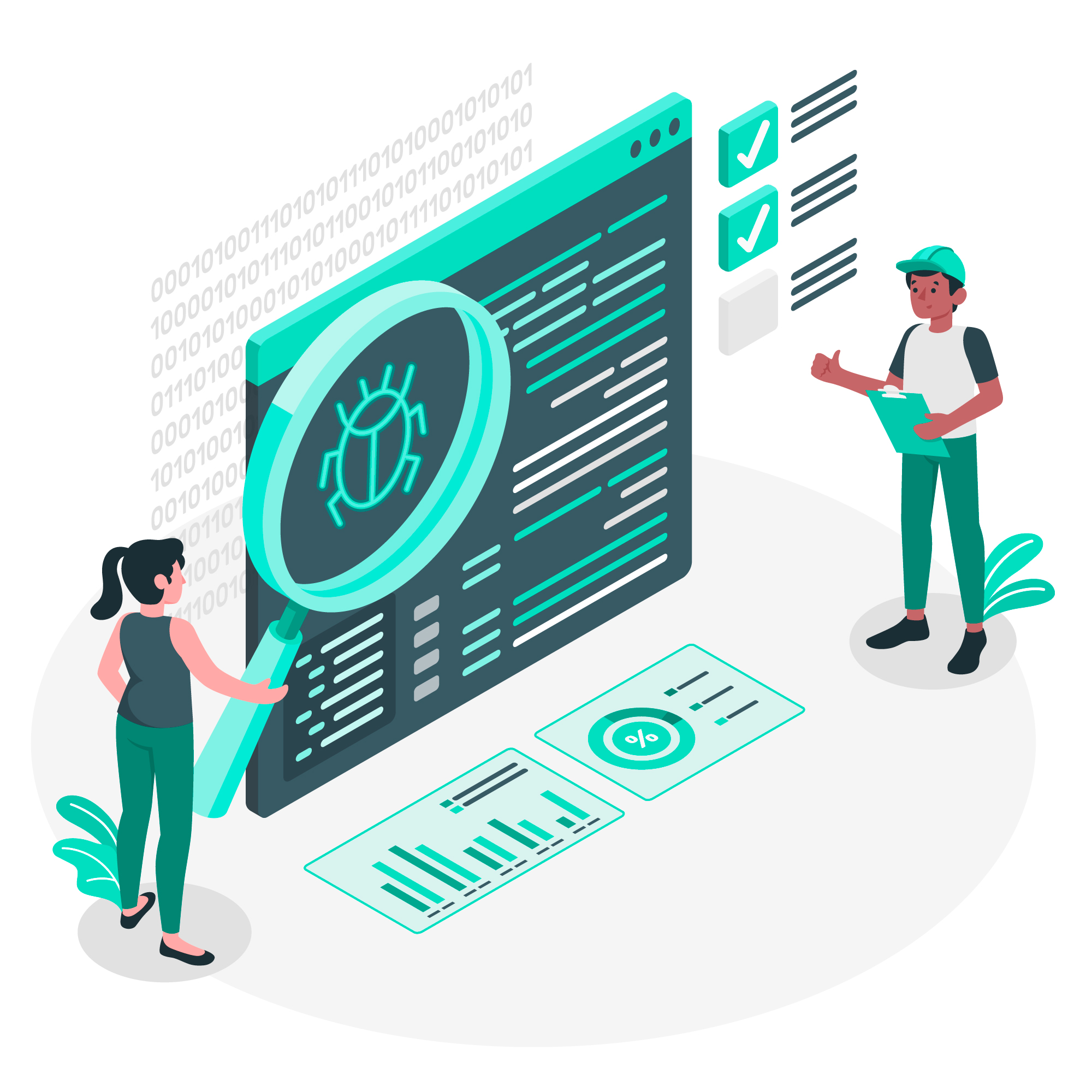Exploring Iterative Development: A Practical Approach for Product Success
 Deeporion Technology
Deeporion Technology
Developing a new product from the ground up can be challenging, particularly for startups and small businesses with limited resources. When budgets are tight, every step must count, and there’s little room for error. This is where iterative development proves invaluable, enabling you to build market-ready products while minimizing financial risk. By optimizing each development stage, this approach ensures that your product is well-designed, functional, and market-friendly. Here’s an in-depth look at how iterative development works and why it might be the best choice for bringing your ideas to life.
Iterative Development Compared to Traditional Approaches
Iterative development revolves around cycles of designing, prototyping, and testing, with each version—known as an iteration—building upon the last. Unlike traditional development models that follow a linear progression, iterative development is more flexible and responsive.
In a traditional product development model, you generally move through phases like planning, design, production, and launch without revisiting previous steps. Iterative development, on the other hand, uses a cyclical process, enabling you to create, test, and refine multiple versions throughout the journey.
This approach offers a dynamic alternative. Each iteration provides valuable insights into design, materials, and usability, resulting in a progressively refined product that evolves based on feedback and testing outcomes.
Breakdown of Iterative Development Phases
Concept Phase
Initial Design and Concept Modeling: The process begins with the first conceptual model, drawing on market research. Feedback from stakeholders and users helps shape the basic design.
Basic Prototyping: A simple prototype—using materials like cardboard or 3D printing—allows for early testing. Iterations often continue at this stage until the prototype fulfills fundamental requirements.
Engineering Phase
Refined Prototyping: Prototypes become more complex as the design evolves, incorporating the actual materials intended for the final product. Testing ensures each version meets user expectations and product goals.
Quality Assurance Testing: The most recent prototype undergoes quality control to identify potential issues, including feasibility for larger-scale production.
Pilot Phase
Limited User Testing: A small production run introduces the product to users, gathering detailed feedback and noting areas for enhancement.
Review and Revisions: Based on user feedback, the design may loop back to the engineering or prototyping stages to address any remaining issues before moving forward to manufacturing.
Manufacturing Phase
Initial Production Run: The initial manufacturing phase often reveals any last-minute issues. Adjustments can still be made to improve the product.
Continuous Enhancement: Even after launch, past iterations are documented, serving as a basis for future improvements and adaptations as new technologies or market needs arise.
The iterative model allows teams to revisit previous stages as needed, offering flexibility and control throughout the product journey. The result is a high-quality product that reaches the market faster while minimizing costly missteps.
Benefits of an Iterative Development Approach
The foremost advantage of iterative development is its adaptability, which reduces risk compared to traditional models. By continuously refining each iteration, teams avoid overcommitting to a single design early on. This process allows for early detection of issues related to functionality, cost-efficiency, and usability.
This approach can also provide significant cost savings. Experimenting with different designs during early stages—rather than waiting until production—helps avoid expensive changes later. For instance, using cost-effective materials such as cardboard or foam in initial prototypes allows for structural and dimensional testing without the expense of final production materials.
Iterative development doesn’t just enhance cost-efficiency; it also results in a better final product. Like sculpting, this process starts with a basic shape, refining details with each iteration. This careful honing of the product reduces time wasted on minor design elements that may not survive future iterations, ultimately leading to higher-quality outcomes and more efficient development. For startups and inventors alike, iterative development is a strategic way to create exceptional products.
Is Iterative Development Right for You?
For inventors, entrepreneurs, and those in startups, iterative development can be an invaluable approach. The adaptability and product quality it offers are essential for standing out in competitive markets. However, there are a few considerations.
Iterative development may take more time and effort upfront, as it involves extended design and prototyping phases with potential user testing to confirm the product’s viability. While this can initially slow progress, the rigorous early-stage testing and refinement can prevent costly and time-consuming adjustments later.
Working with experienced engineers who understand iterative development can expedite the process. Skilled teams are familiar with the unique demands of each phase, allowing for a smoother workflow and quicker iteration cycles. In some cases, this approach has led to finished products within a matter of weeks or months, proving that iterative development doesn’t always mean a drawn-out process.
If you’re considering this approach, partnering with a development team or manufacturer experienced in iterative projects is key. They can offer guidance on refining each iteration, avoiding design pitfalls, and optimizing resources.
Each iteration of your product reveals new insights into design and user needs. By consistently building on this growing knowledge base, iterative development brings you closer to a final product that not only meets your vision but also resonates with the market. With iterative development, every step brings your product one step closer to success.
Subscribe to my newsletter
Read articles from Deeporion Technology directly inside your inbox. Subscribe to the newsletter, and don't miss out.
Written by

Deeporion Technology
Deeporion Technology
Deeporion is a comprehensive Software & Website development service provider, specializing in full-stack development, mobile app development, web design, and customized Portal Development. We focus on creating customized tech solutions regardless of size of the businesses or industry, enabling them to improve their operational efficiency and acclaim their business objectives. Comprising of a strong team with cross industry and domain expertise, the company is providing its services in industries including automotive, hospitality and education sectors establishing Deeporion as a trusted partner when it comes to the ever-evolving tech landscape.